Introduction
Intensive agriculture created several problems in cropping systems and lead to threatening the sustainability of the agricultural production in Greece, as in other parts of the world. In order to design new cropping systems a new approach is emerging to support the transitions toward sustainable agriculture which is a co-design and co-evaluation process with the stakeholders that are involved in the agri-food chain. On this page, you can have a glimpse of the co-design and co-evaluation process that was followed to design highly diversified cropping systems in Greece. We also organised trainings and field days to communicate about the results of the project.
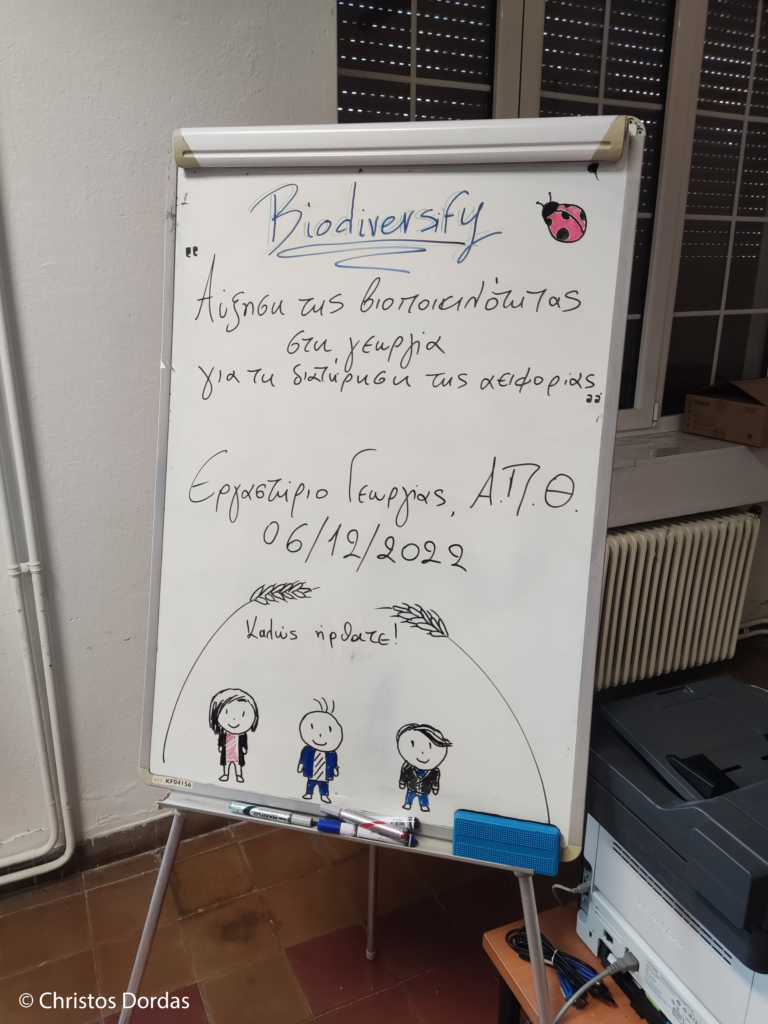
Co-Design process
Co-design and Co-evaluation of traditional and highly biodiversity-based cropping systems in Mediterranean area
The different systems that were co-designed where the reference system with wheat and barley in rotation, and three diversified systems were proposed and co-evaluated rotation of wheat, oil seed rape, and barley (DIV1), rotation of wheat, pea, and barley (DIV2) and rotation of wheat, intercrops of barley-common vetch, and barley (DIV3). The best system that was selected from the different stakeholders was the DIV3 as it had the highest evaluation of the stakeholders using agronomic, environmental, and socio-economic criteria.
Keywords: Intercropping, Crop rotation, Reference system, Diversification.
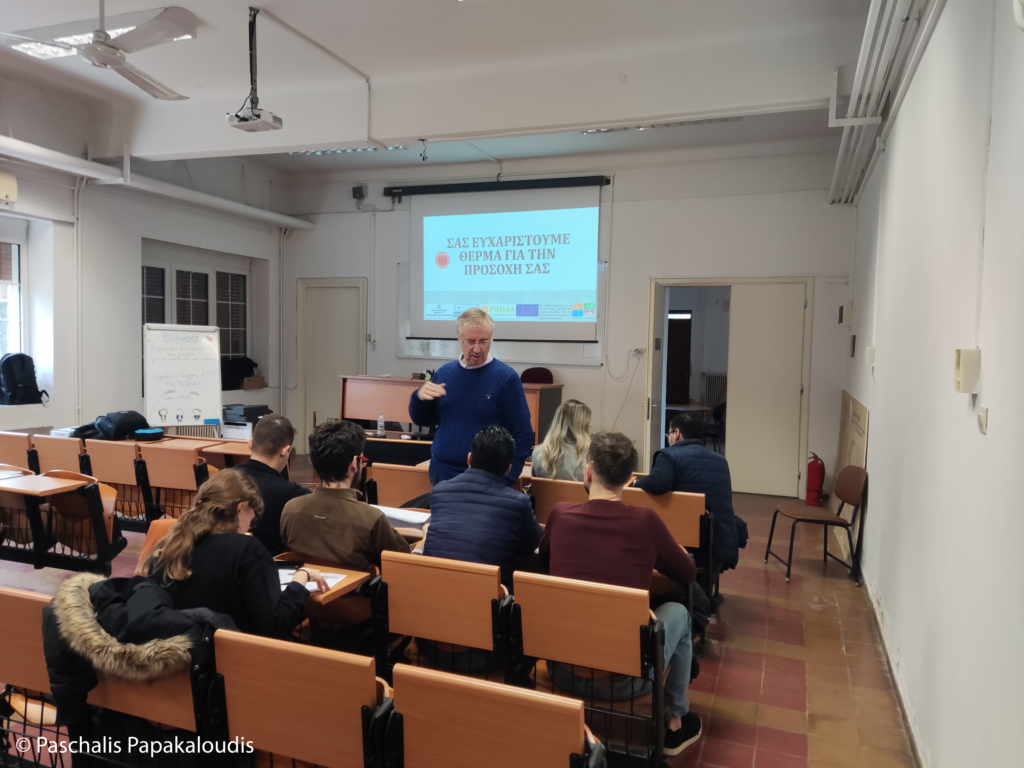
Field experiments
In the Mediterranean region, the use of cover crops is a common agricultural practice in vineyards, with the aim of limiting soil moisture losses and reducing soil erosion and maintaining soil structure and soil fertility. Degradation of soil quality can create serious problems in wine production as soil represents a key component of terroir. The objective of the study was to determine the effects of cover crops using both monocultures and intercropping systems in vineyards. The experiment was conducted in a vineyard of the Farm of the Aristotle University of Thessaloniki during the 2020-2021 growing season. The experimental design, which was used, was the complete randomized design (CRD) with three replications per treatment.

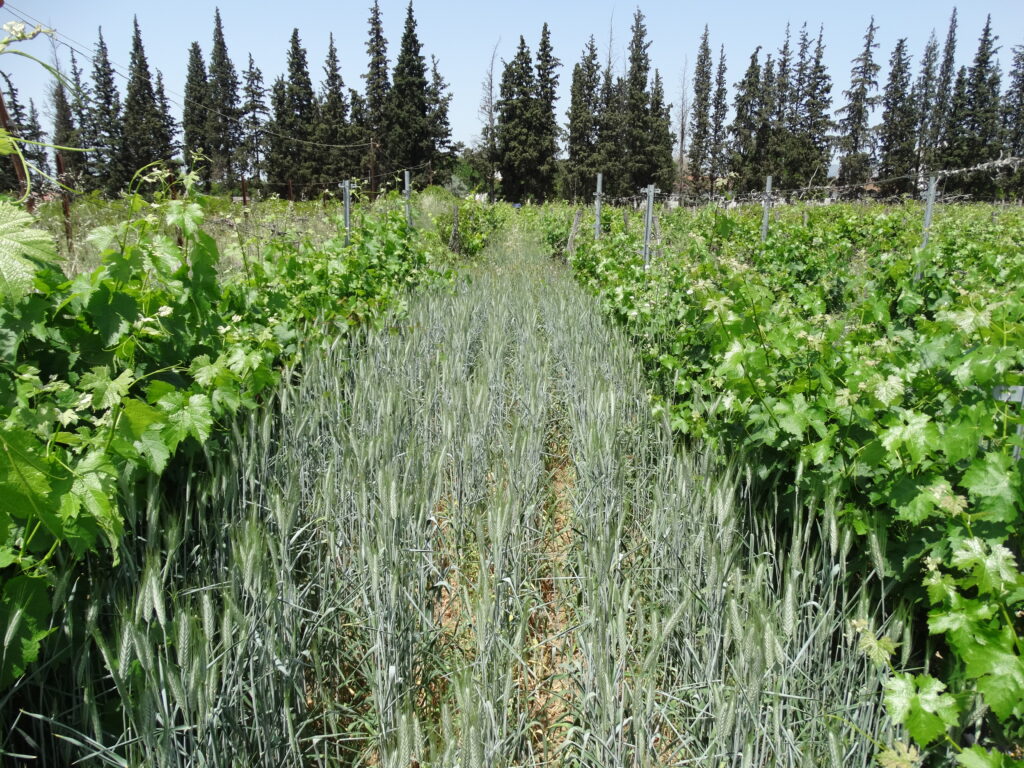



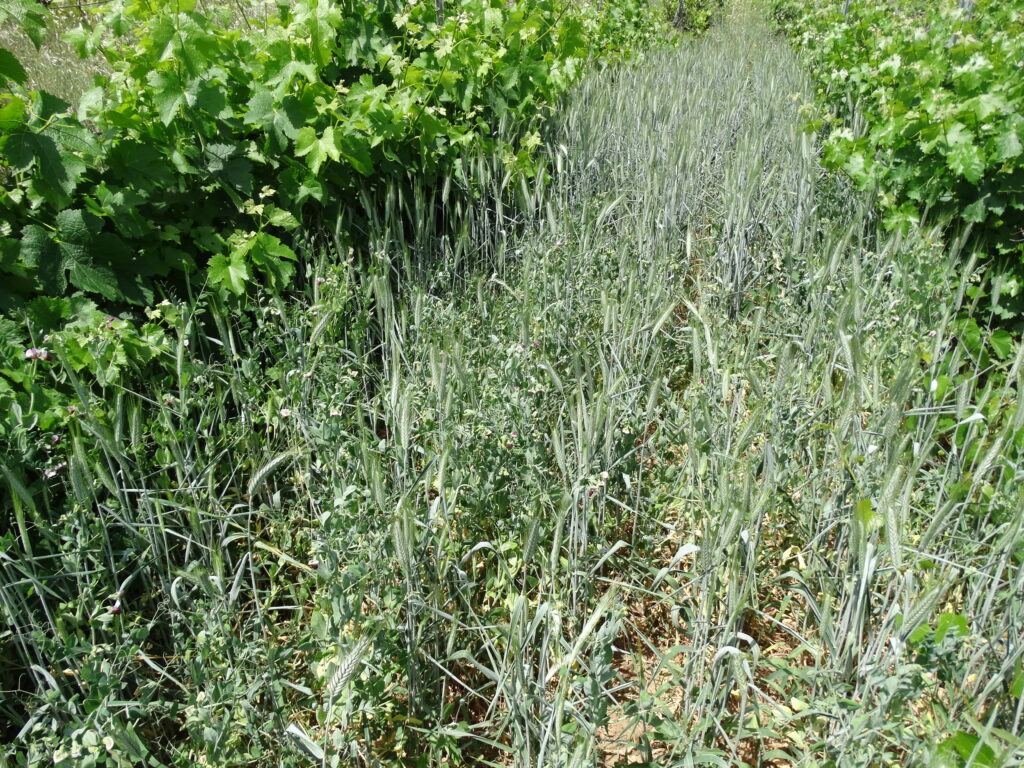
Species studied
The plant species which evaluated were barley, triticale, forage pea and triticale-pea and barley-pea mixtures.
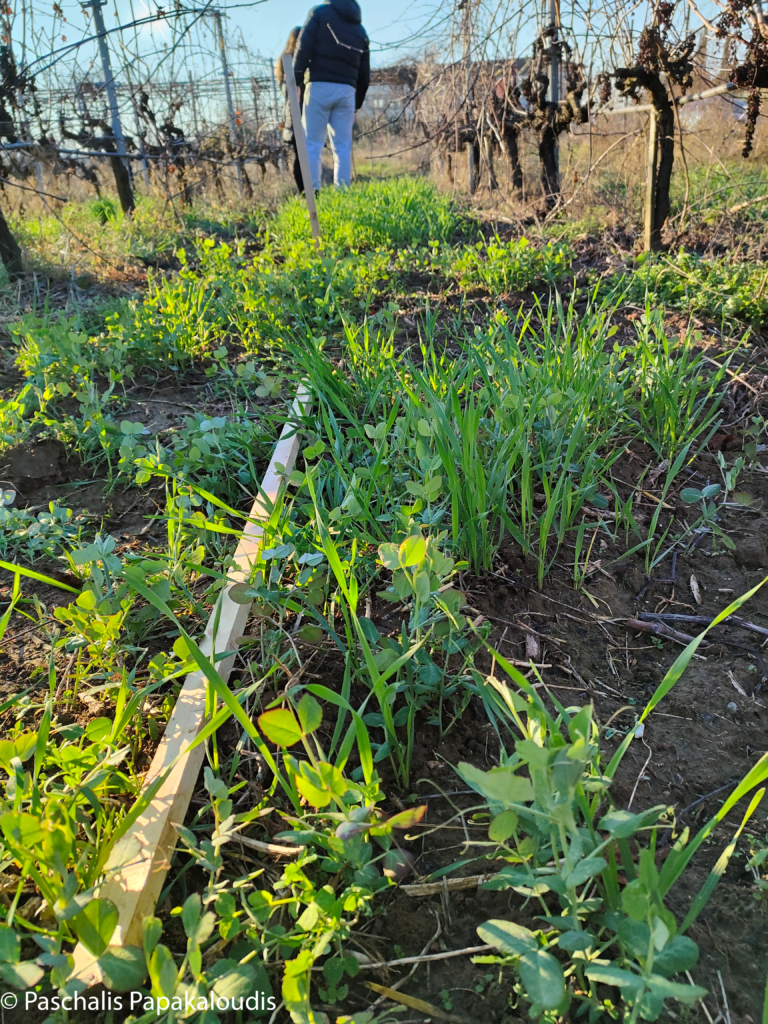
Summary of field work results
Sustainable vineyard management using intercropping systems
The following characteristics were measured: morphological, physiological and yield components like fresh biomass, dry biomass and seed yield were measured in all treatments. Statistically significant differences were not observed for most of the characteristics that were studied. However, triticale-pea mixture was superior to the other treatments in terms of yield of fresh and dry biomass, while the highest grain yield was obtained for the monoculture of triticale. The experiment will be repeated for more years in order to evaluate the effect of the different treatments on the vine growth and productivity. According to the results, the use of different plant species as cover crops in vineyards can positively affect the yield components and the sustainable management of the agro-ecosystem.
Keywords: Triticale, Pea, Barley, Biomass yield, Seed yield, Sustainable agriculture
Summary of modelling results
The establishment of high biodiversity agricultural systems contributes to enhancing ecosystem services by reducing external inputs and improving the sustainability and resilience of the ecosystem. In addition, food security and farmers’ health is increased through the adoption of good agricultural practices in these farming systems.
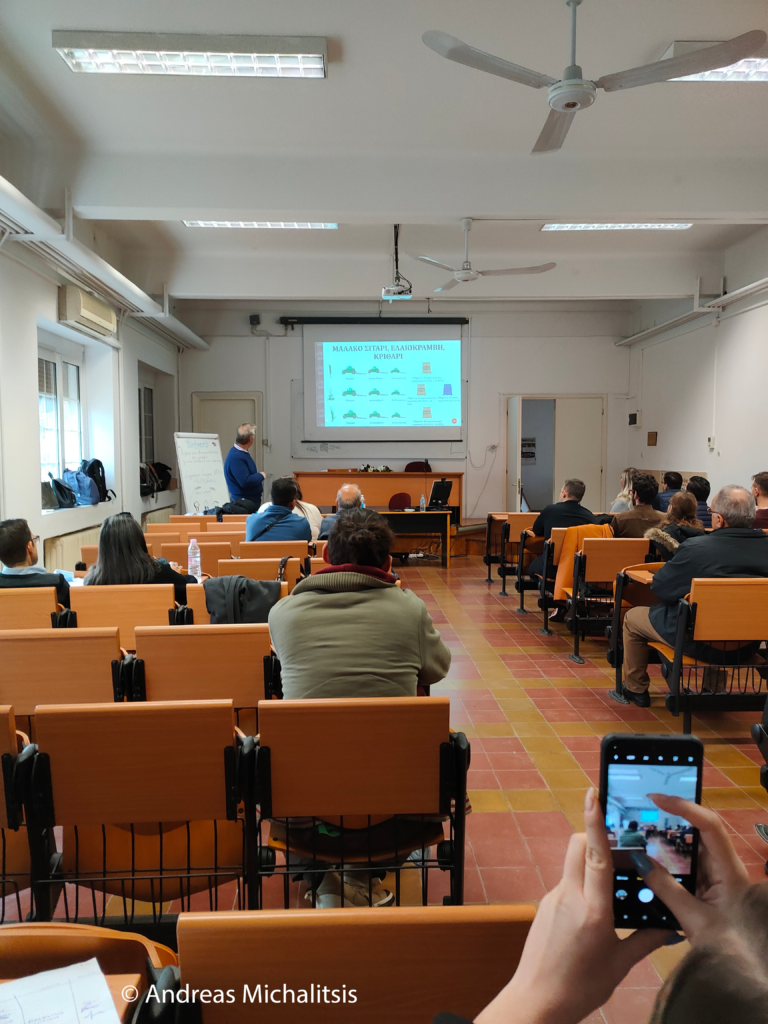
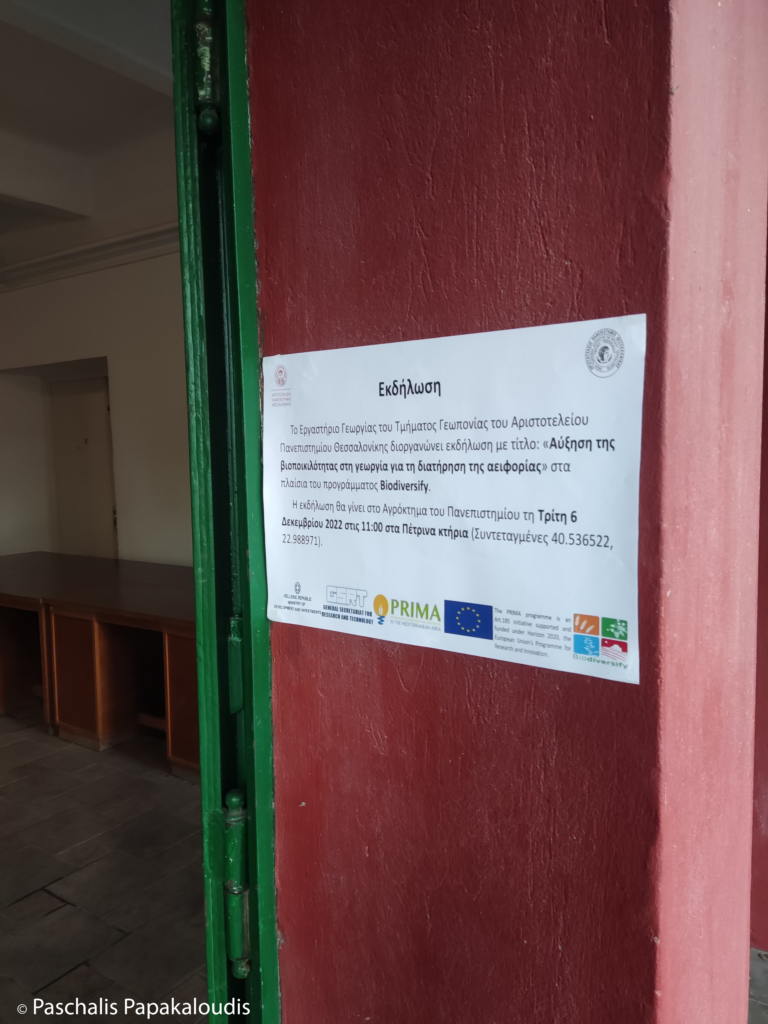
Field days
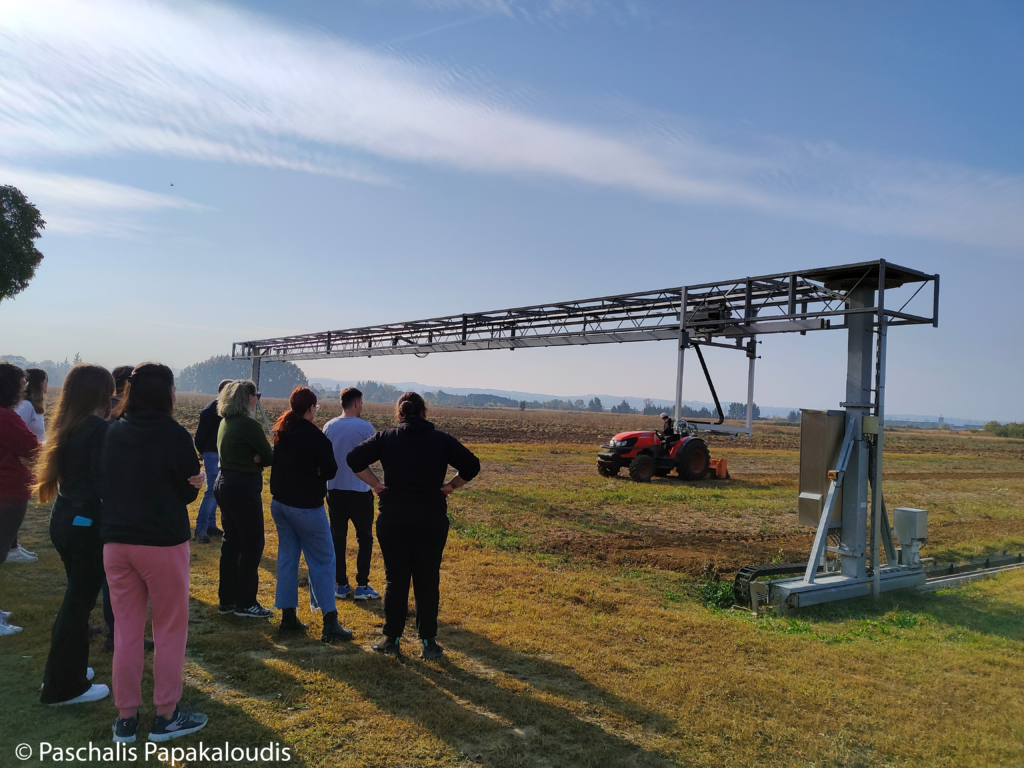
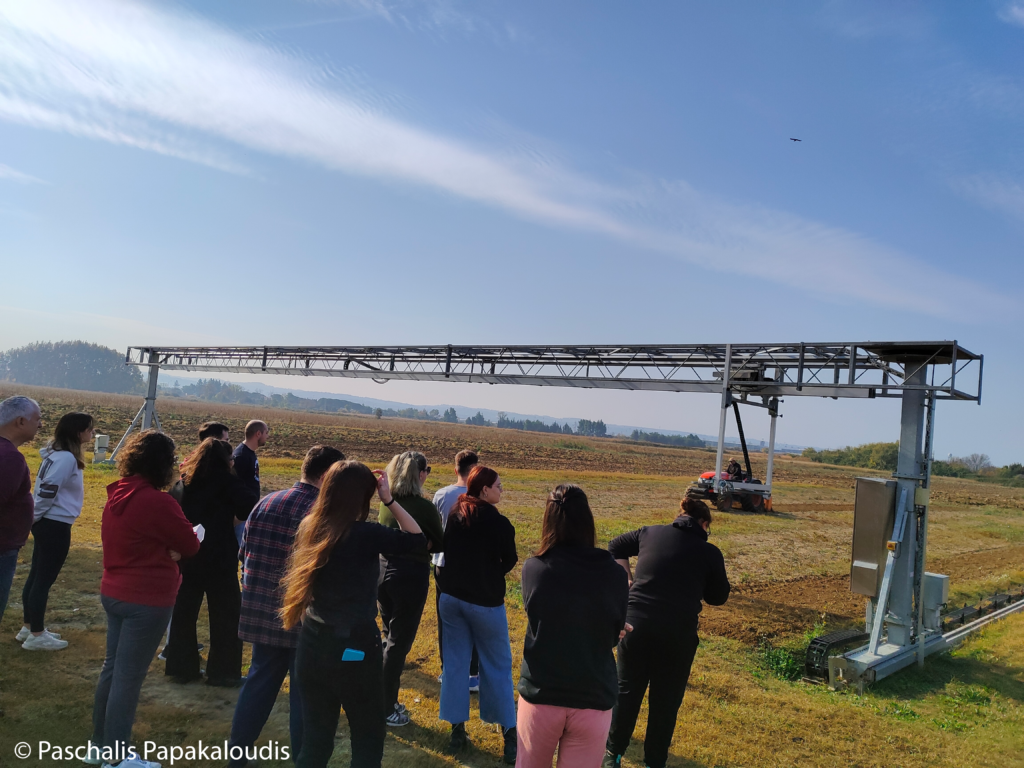
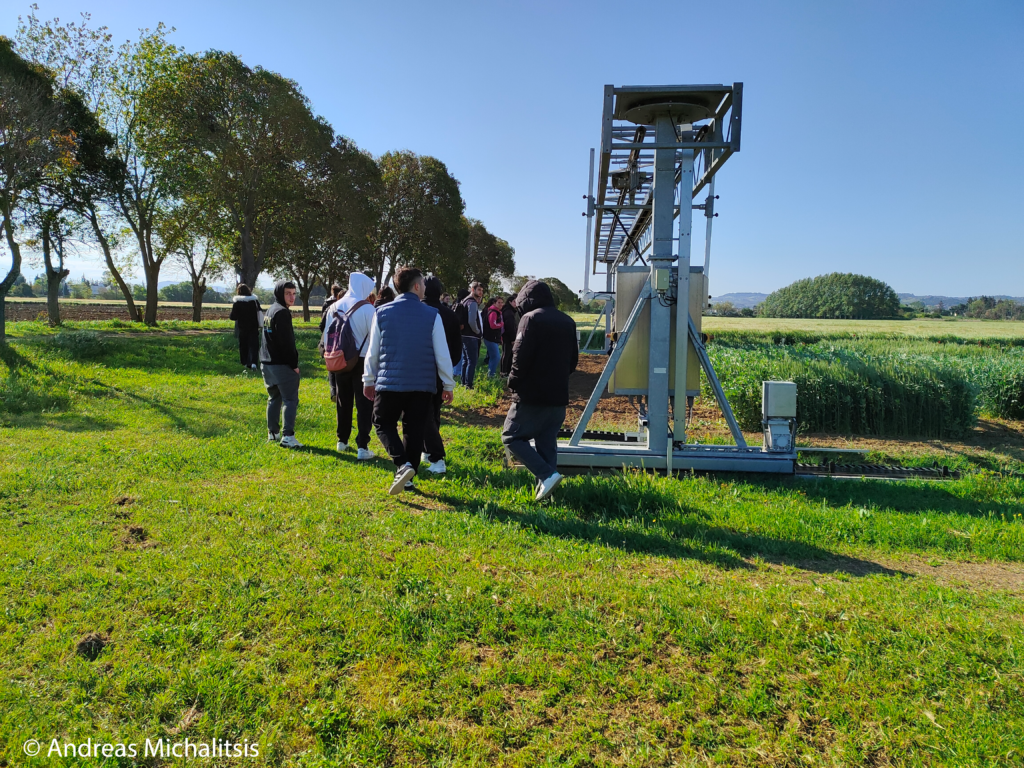
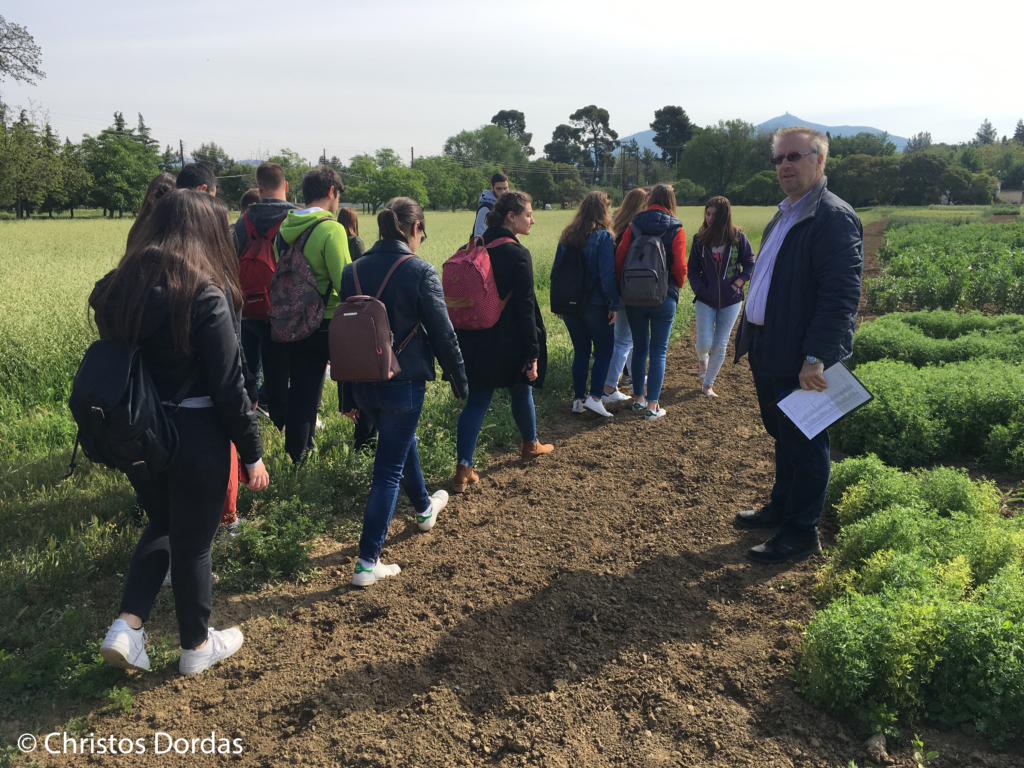
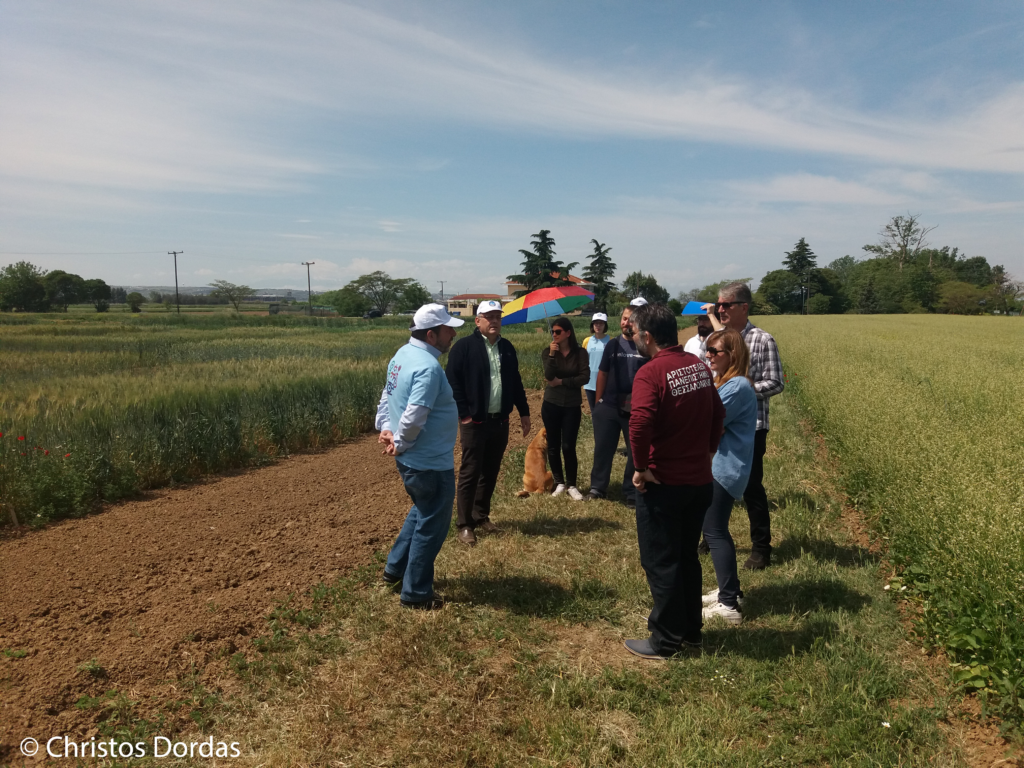
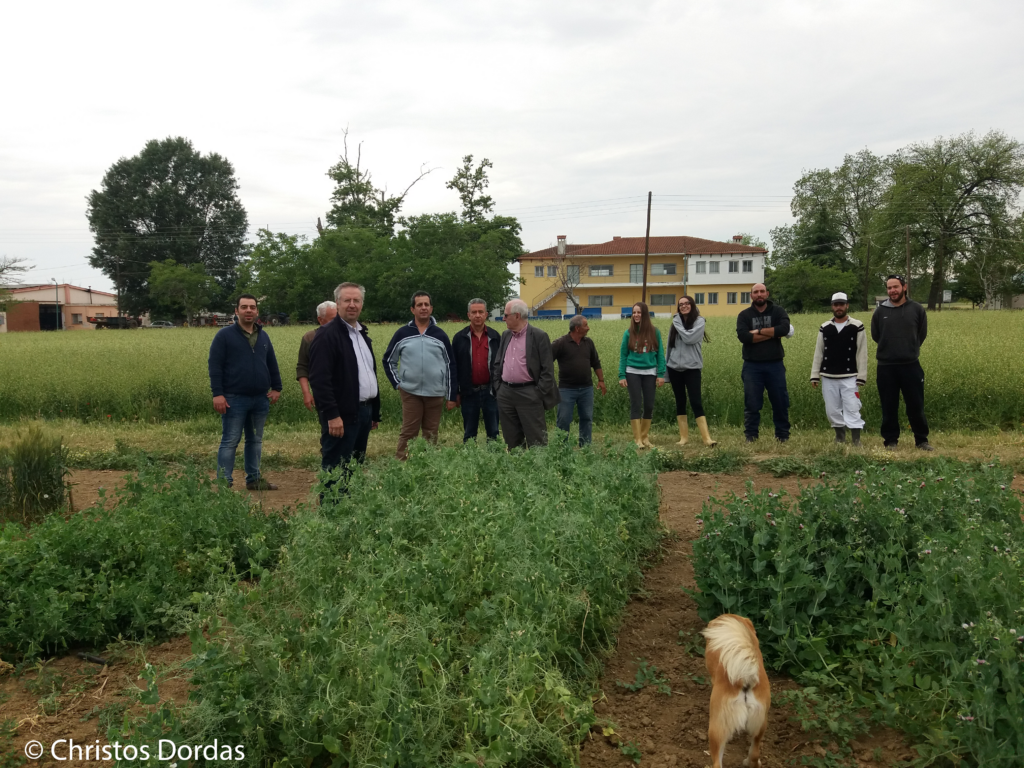
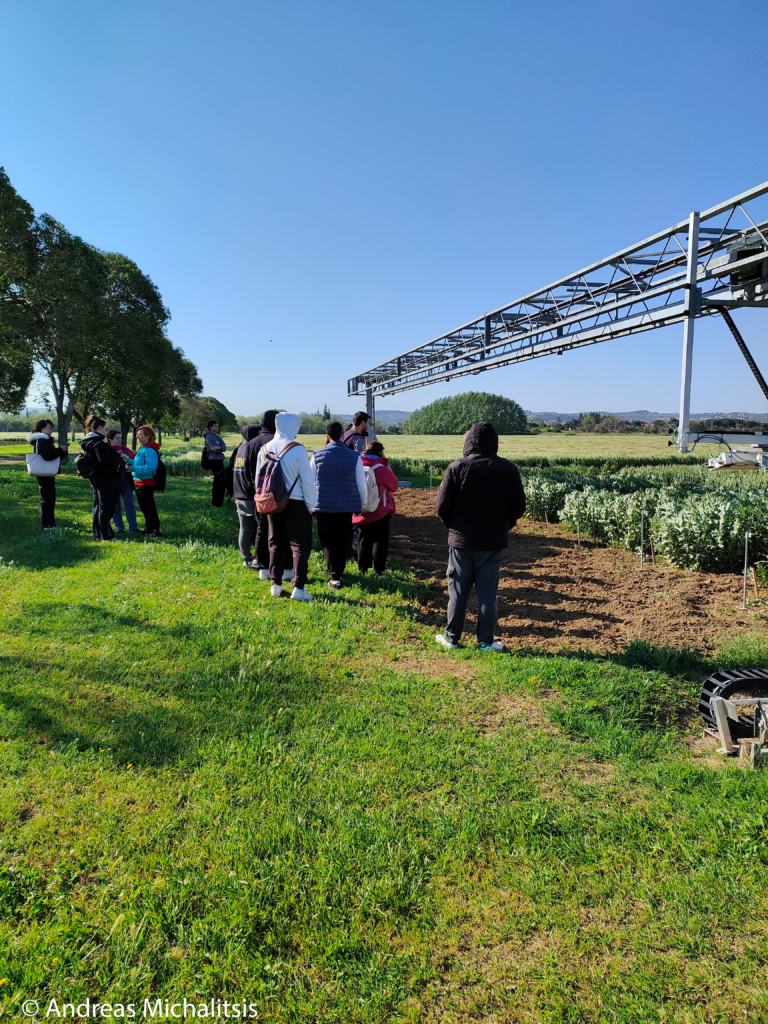
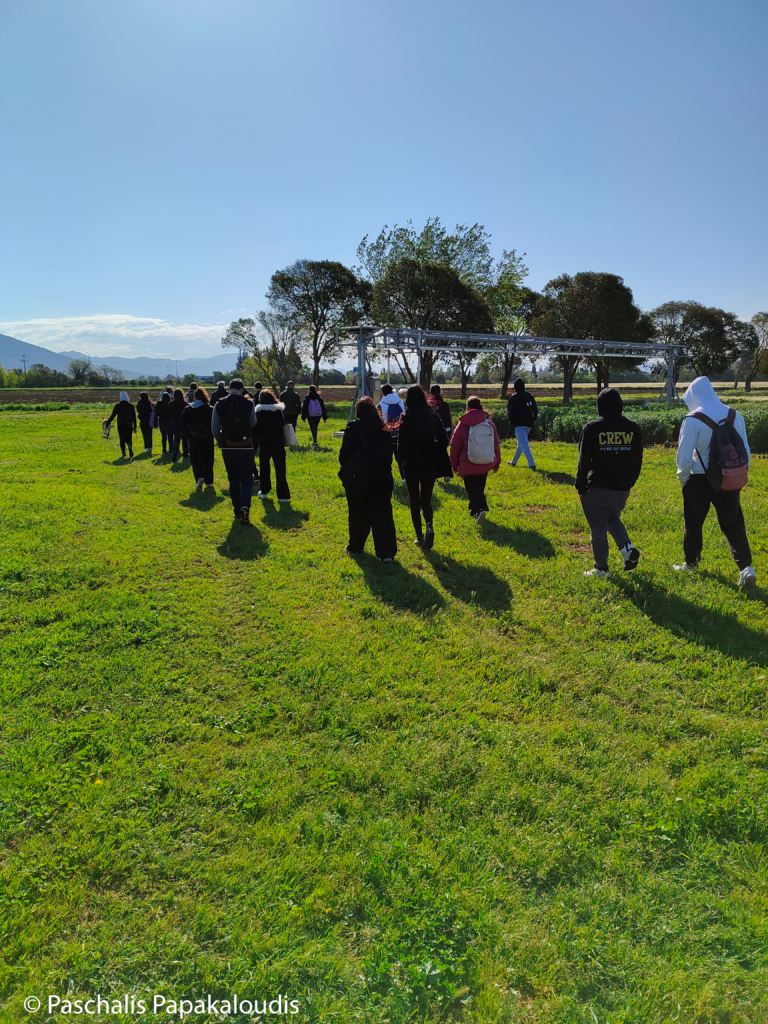
Final words

With my participation in the project, I had the opportunity to learn and develop new biodiversity-based cropping systems (intercropping, agroforestry, cover crops) which can provide sustainable and resilient agroecosystems. Through the field experiments that were conducted, I gathered new knowledge on the relationship between biodiversity and provision of ecosystem services.”
Links to relevant practical abstracts, relevant papers….
Practical abstracts of the Greek case studies:
- n.1 R_PA1 Intercropping winter grain-legumes and cereals for increased biodiversity in cropping systems.
- n.1 R_PA2 Intercropping can reduce the weed pressure of winter crops.
- n.1 R_PA3 Agroforestry of annual cereals and legumes in olive orchard provides ecosystem services.
- n.1 R_PA4 Winter grain-legumes and cereals intercropping can be used as cover crops in vineyards to increase biodiversity and farmers’ income.
- n.1 R_PA5 Overview of intercropping practices in Mediterranean area.
